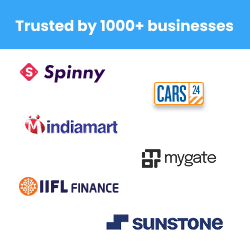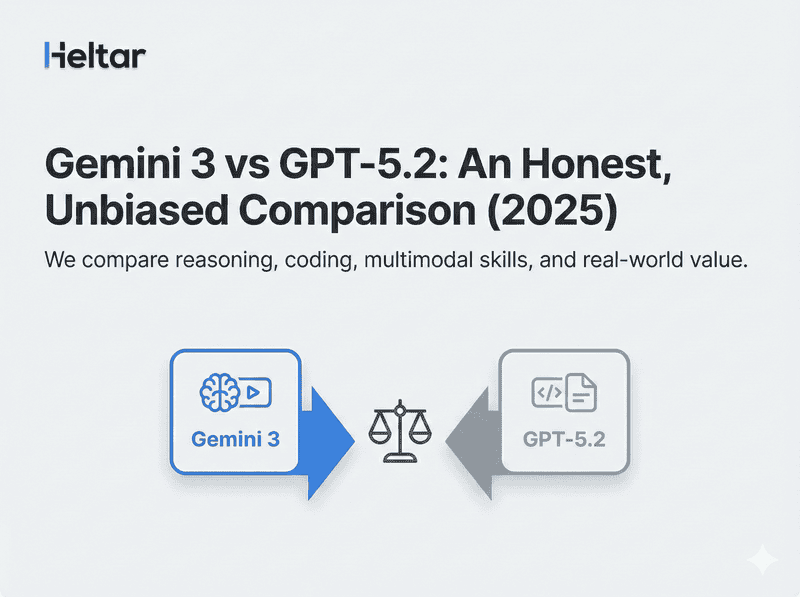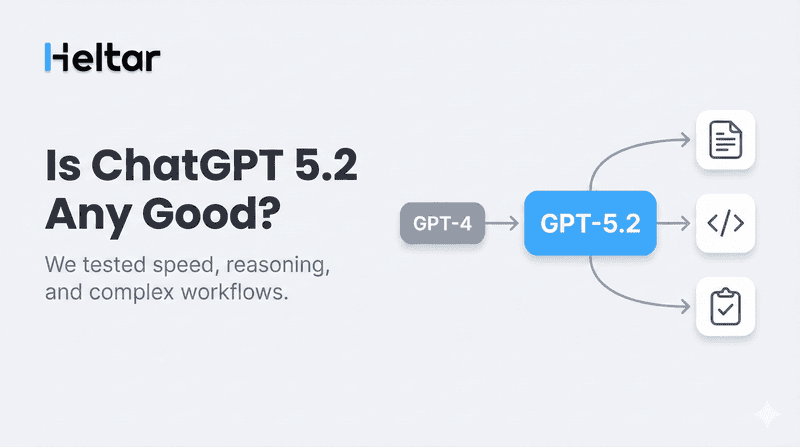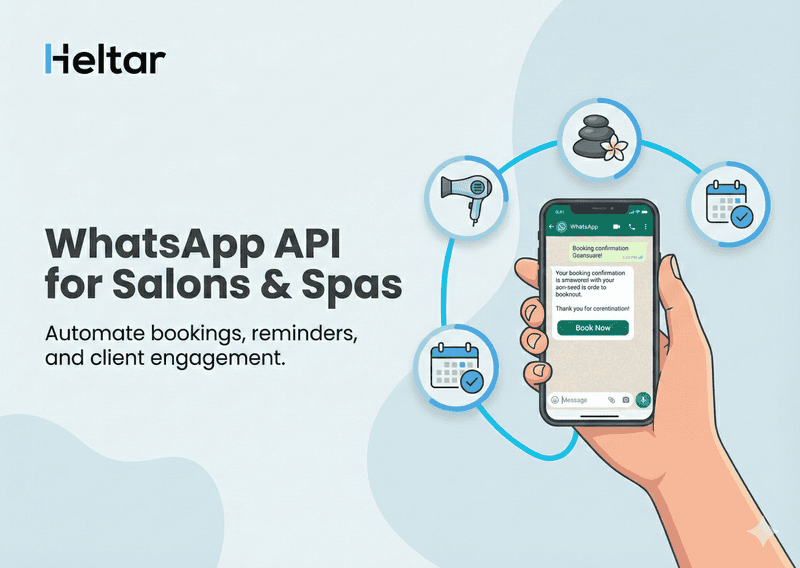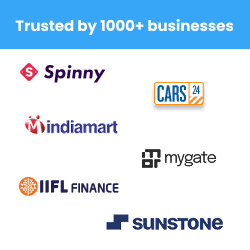Still sending customers to long, boring Google Forms or clunky landing pages?
In 2025, that’s not just outdated — it could be costing you conversions.
Enter WhatsApp Forms and Flows — the next evolution in business-customer interaction. These in-chat forms let you collect inputs, qualify leads, book appointments, and personalize conversations — all within WhatsApp, the world’s most-used messaging app.
Whether you're in retail, healthcare, education, services, or finance — WhatsApp Forms are built for your business.
What exactly are Native WhatsApp Forms?
Simply put, WhatsApp Forms are forms integrated directly into WhatsApp conversations, allowing users to fill them out without leaving the app. These forms are interactive and straightforward, enabling businesses to collect information such as feedback, lead details, or survey responses, all in real-time.
Here’s how it works:
Step 1: A customer interacts with your business via WhatsApp—whether through a chat, a broadcast message, or a link.
Step 2: A WhatsApp Form pops up directly in the chat window.
Step 3: The customer fills out the form seamlessly, while still engaging with your business through chat.
This easy integration means no more bouncing between apps or losing momentum halfway through the form submission process.
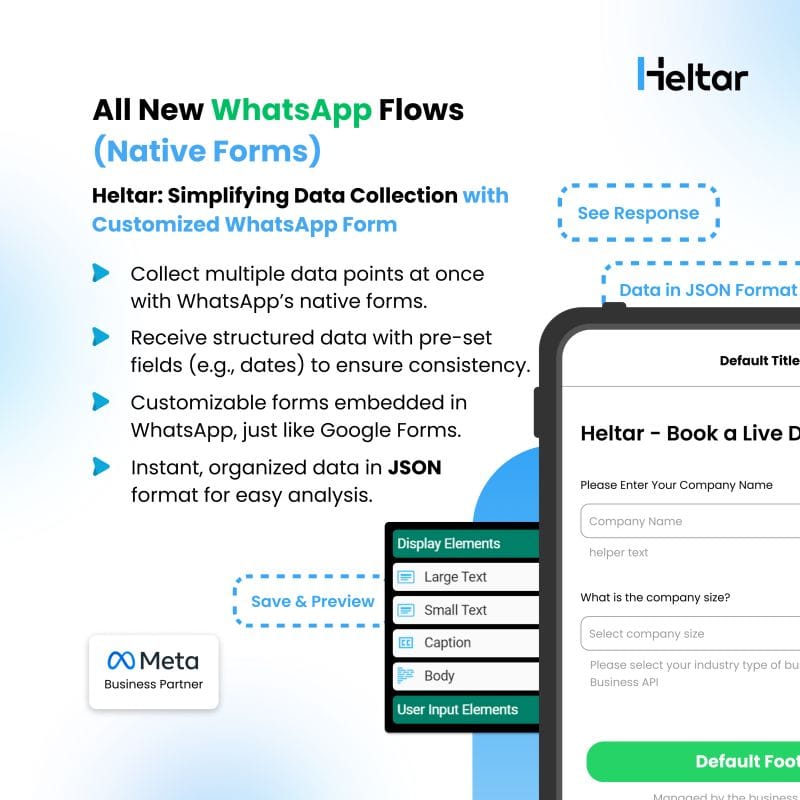
WhatsApp Forms vs Google Forms: A Real Business Comparison
Feature | WhatsApp Forms & Flows | Google Forms |
|---|---|---|
Access Point | Native in WhatsApp chat | Link opens in browser |
User Experience | Conversational, dynamic, tap-based | Static, form-like |
Platform Switching | Not needed | Required |
Mobile Optimization | Built for phones (90%+ usage on mobile) | Mobile-friendly but not chat-first |
Brand Trust | Users already trust WhatsApp; no login needed | External links, login may deter users |
Form Engagement Rate | 60–80% higher open & fill rates | Lower response rate, especially in cold outreach |
CRM Integration | Native CRM tagging, API sync, real-time updates | Manual exports or complex integrations |
Follow-up Capability | Instant reply post-submission via WhatsApp | Needs separate outreach via email/SMS |
Conversion Journey | Interactive, real-time, frictionless | Linear, often ends post-submission |
Business Use Focus | Built for sales, service, support | Generic data collection tool |
In summary: WhatsApp Forms are built for action, not just data collection.
Key Benefits of WhatsApp Forms & Flows
1. Higher Completion & Response Rates
Forms within WhatsApp feel like part of the conversation. Unlike Google Forms that sit behind a browser redirect, WhatsApp Flows pop up natively in the chat, driving up engagement and completion.
Businesses report significantly higher form completion rates with WhatsApp compared to traditional forms.
2. Real-Time CRM Sync & Lead Tagging
Every form submission gets tied to a real WhatsApp number. You can:
Auto-tag leads (e.g., “High Intent – Laptop Buyer”)
Segment them by product or service interest
Trigger follow-up automation instantly
This eliminates the need for manual response collection and filtering.
3. Instant Follow-up = Higher Conversions
Once a customer fills out a form, you can respond directly in the same WhatsApp thread:
“Thanks for your interest. Here's a discount coupon.”
“We’ve reserved your slot. Click here to confirm.”
“Want to speak to an expert? Tap below.”
Google Forms typically end with a static message. WhatsApp Forms open a real-time conversation — helping you convert interest into action faster.
4. No More Platform Fatigue
Customers don’t need to leave WhatsApp, open browsers, or log into accounts. Everything happens within a single platform they already use daily. This simplicity dramatically reduces bounce rates.
5. Visual & Interactive Experience
WhatsApp Flows go beyond traditional forms with:
Dropdowns
Time slot pickers
Button-based selections
Product variant selectors
Conditional logic
All of these can be created without writing any code.
Should You Switch?
If you're using Google Forms for collecting leads, running surveys, taking bookings, or gathering product inputs — WhatsApp Forms offer a faster, more personalized, and more effective alternative.
It’s not just about collecting information. It’s about building trust and improving conversion — all from the platform your customers already use.
How to Create WhatsApp Forms?

Now that we have established how WhatsApp Native Flows can add value to your business, let's have a look at how to create them.
Step 1: Access Meta Business Manager
Start by logging into your Facebook Business Manager.
Step 2: Navigate to WhatsApp Accounts
From the left-hand menu, click on "Accounts" and select "WhatsApp Accounts."
Step 3: Choose Your WABA
Click on the WhatsApp Business Account (WABA) for which you want to create the form, then scroll down and click “WhatsApp Manager.”
Step 4: Go to Templates Section
In WhatsApp Manager, find and click "Create Templates" in the left panel. Then, click “Create a New Template.”
Step 5: Initiate a Flow Template
Choose the "Flows" option, click “Next”, and give your flow a name (this can be a temporary or sample name for now).
Step 6: Select Form Type
Under "Type of Flow," choose “Custom Form,” then hit “Create.”
Step 7: Build Your Form
Add the desired questions to your form—these can be text inputs, multiple choice, dropdowns, etc.—and click “Save.”
Step 8: Publish the Flow
Navigate back to the Flows section, select your newly created flow, click the three-dot menu, and choose “Publish.”
Step 9: Use the Flow in Your Messaging
Once published, the form will automatically appear in your DoubleTick account under the ‘Buttons’ tab when creating a new template.
Why Choose Heltar for WhatsApp Business API & Forms?

At Heltar, we specialize in providing businesses with the tools and expertise to leverage WhatsApp Business API to its fullest. Here’s what sets us apart:
Affordable Solutions: Our pricing is transparent and competitive.
Enhanced Delivery Rates: We optimize message delivery for maximum impact.
Streamlined Workflows: Simplify customer communication with our intuitive tools.
Tailored Integration: Seamlessly integrate with platforms like CleverTap for advanced automation.
Now create forms using Heltar. Learn more!
